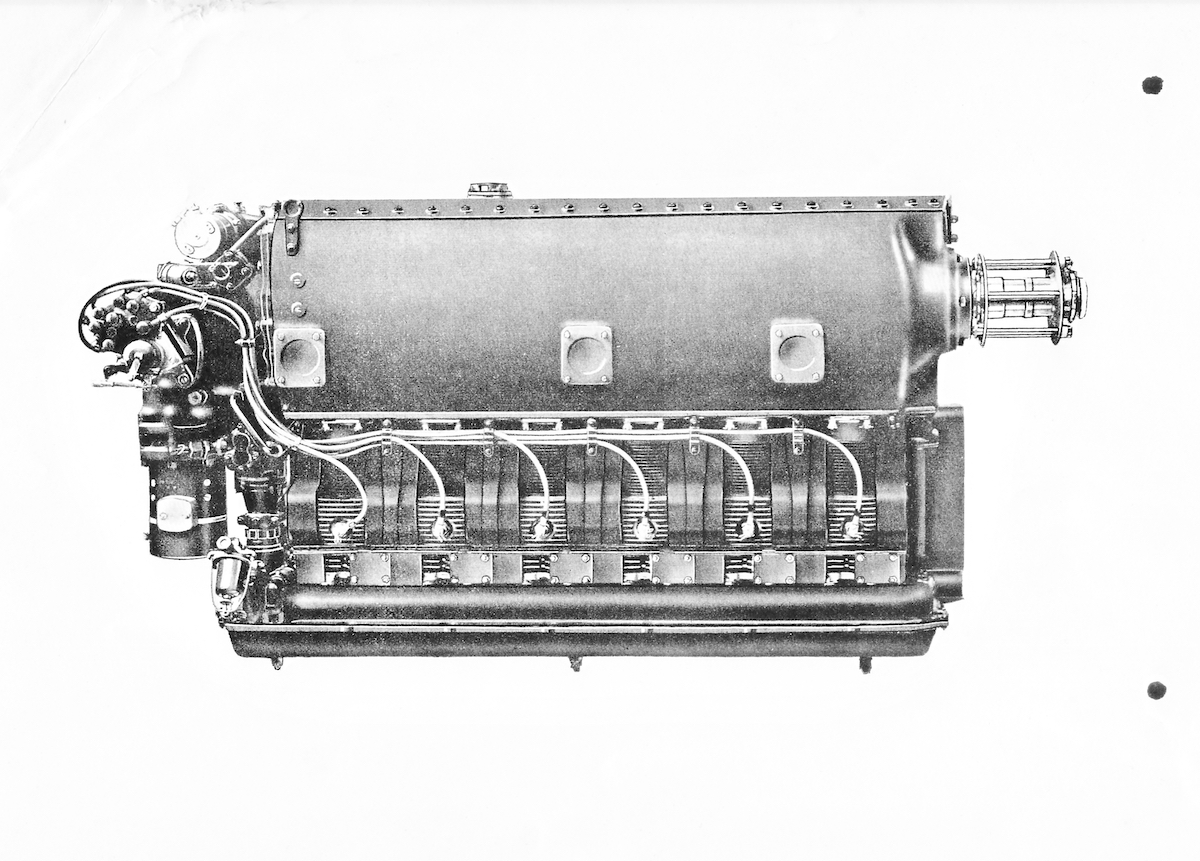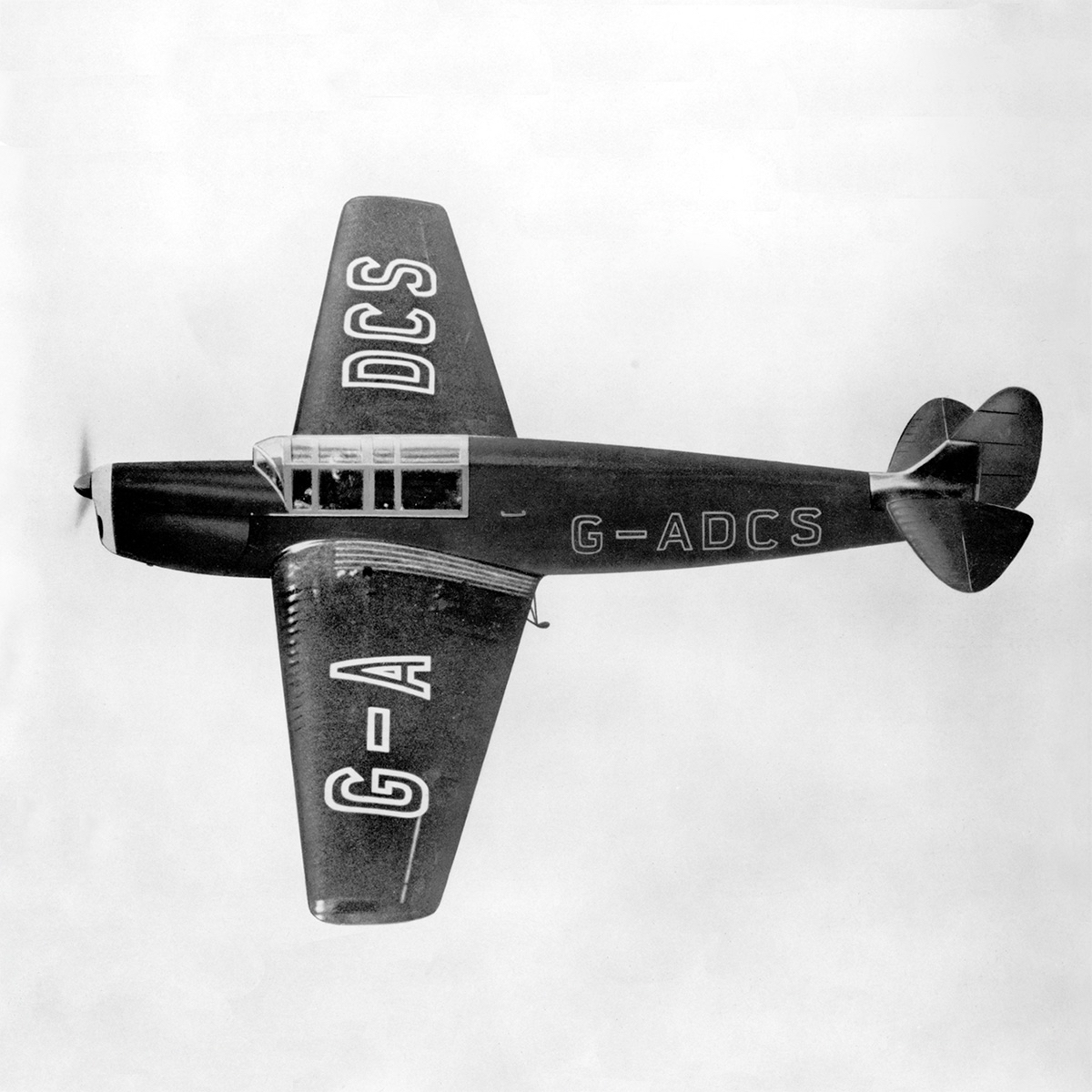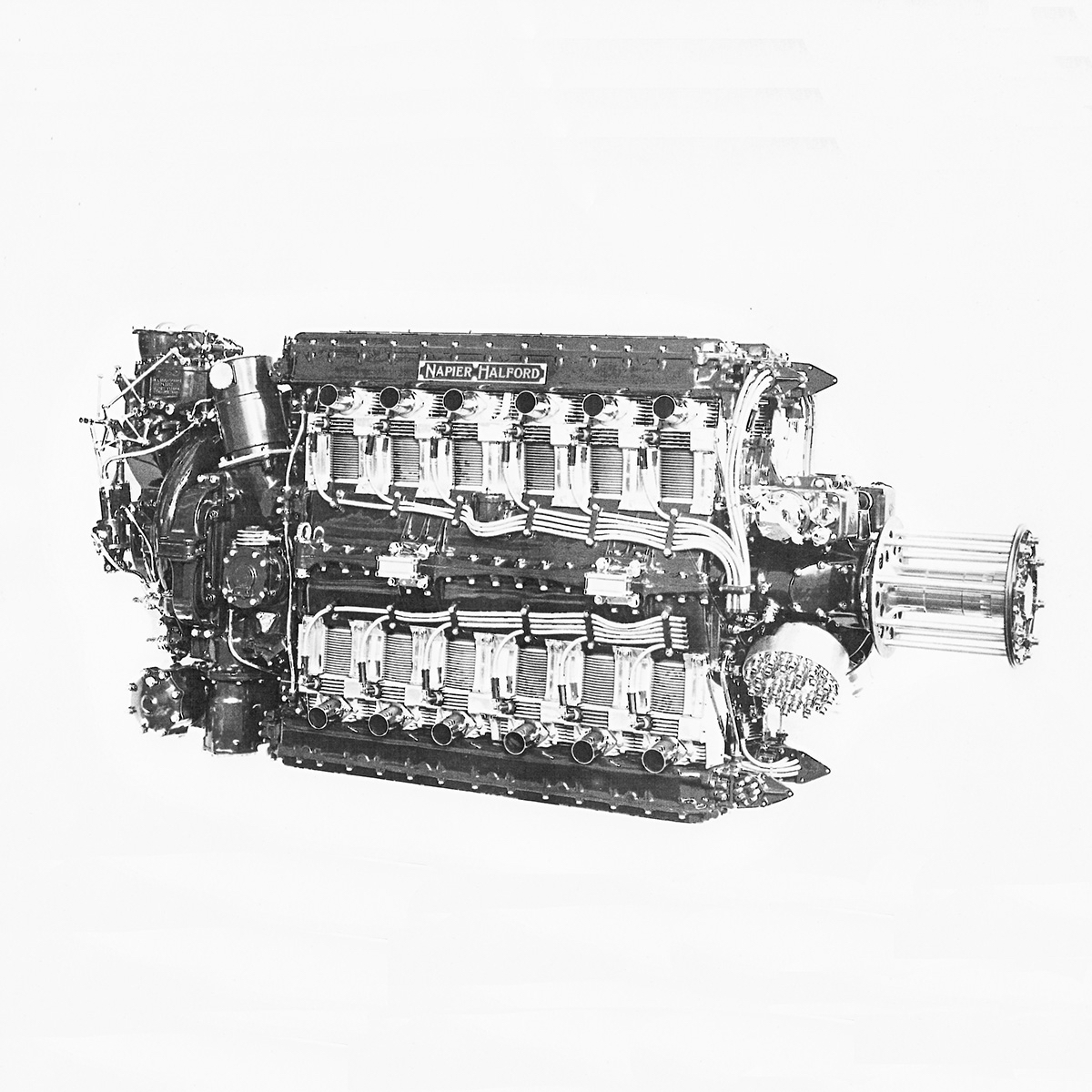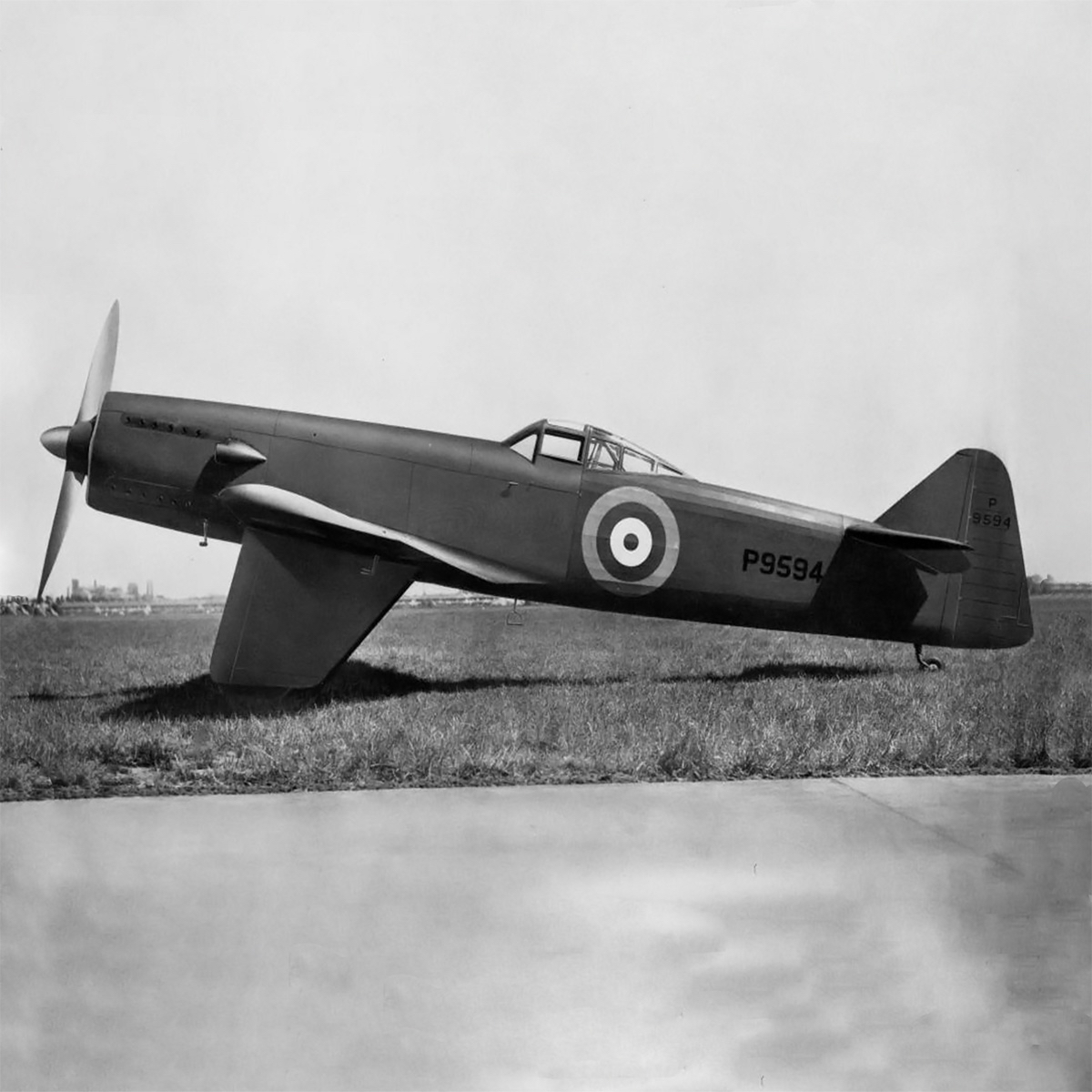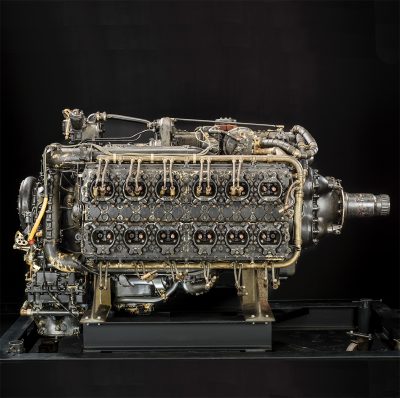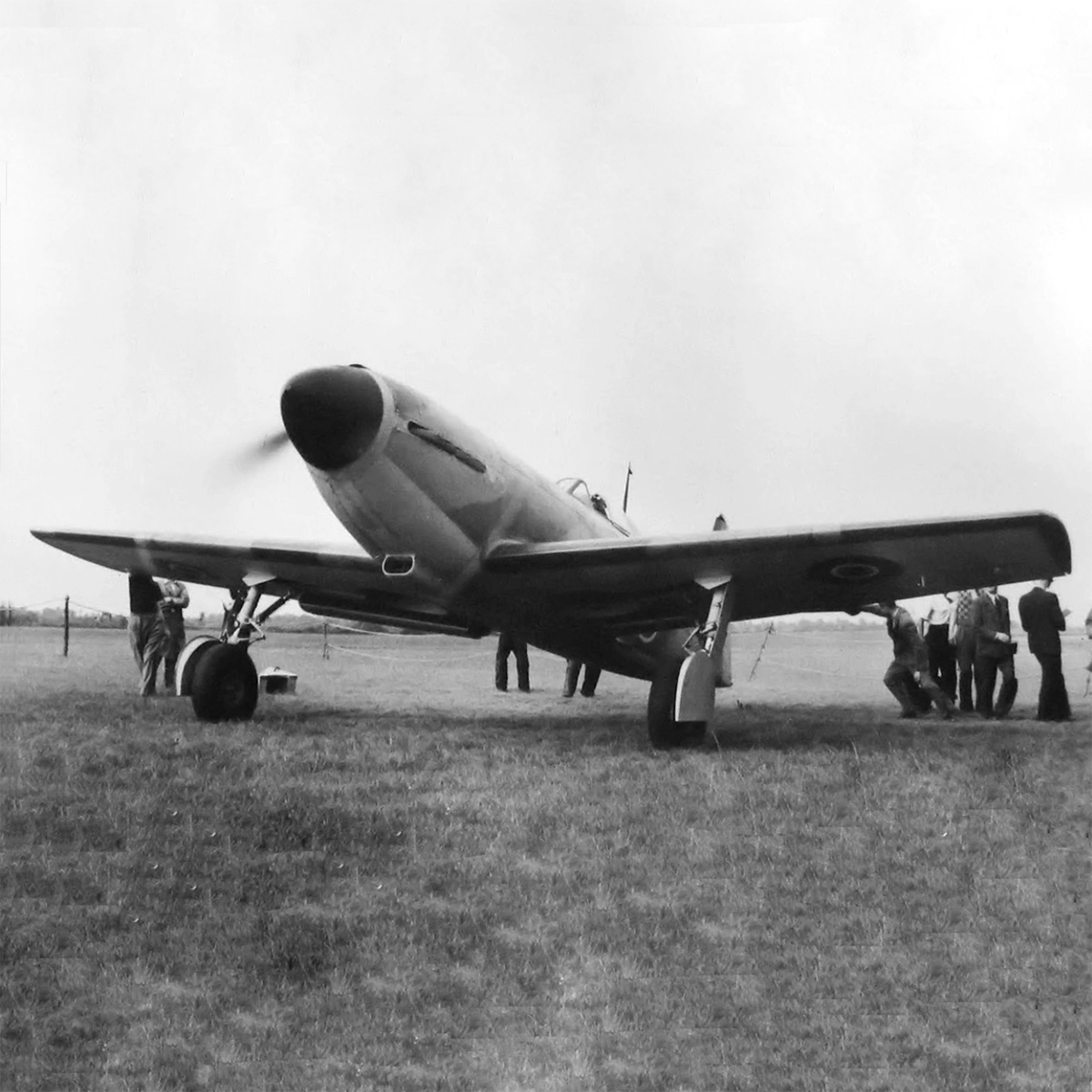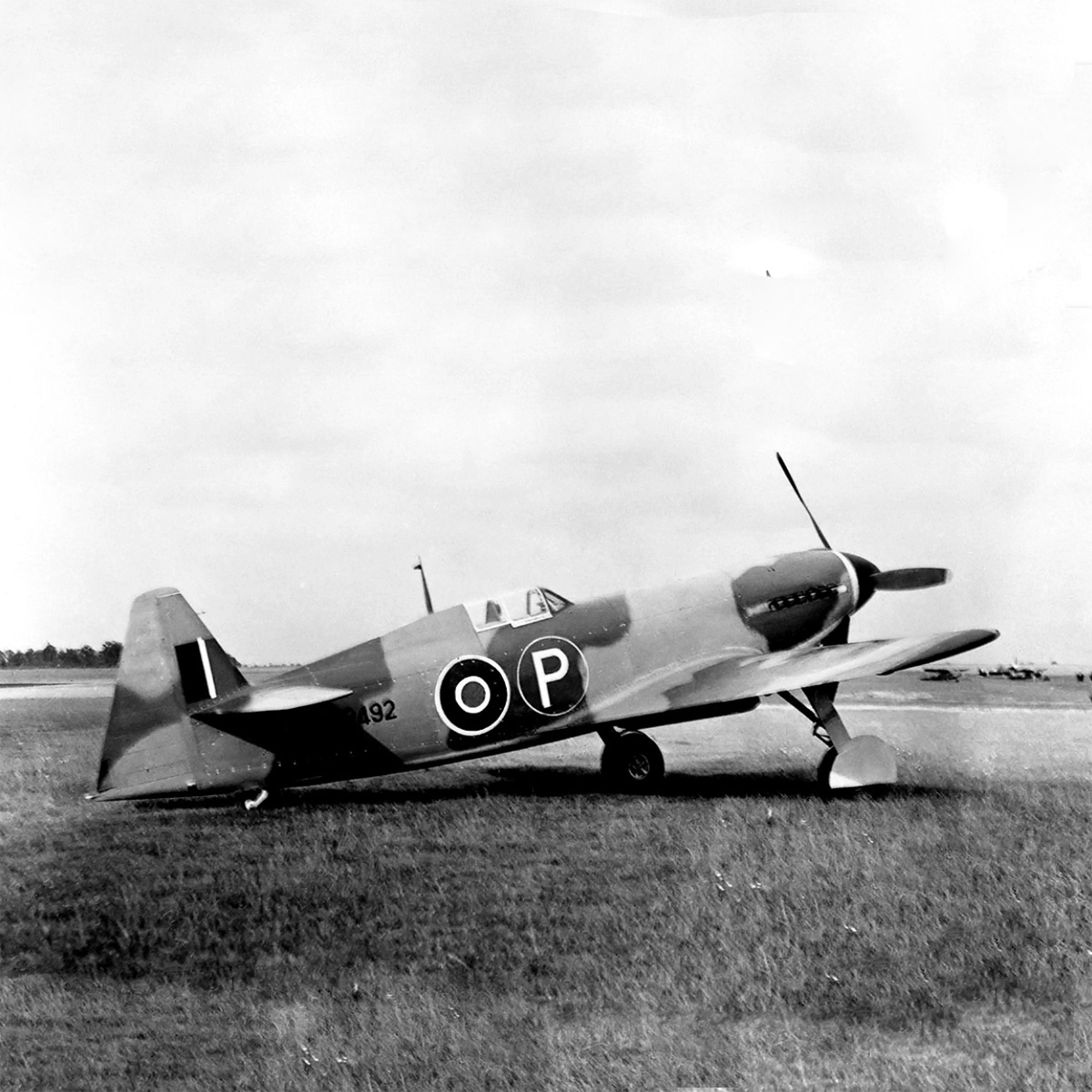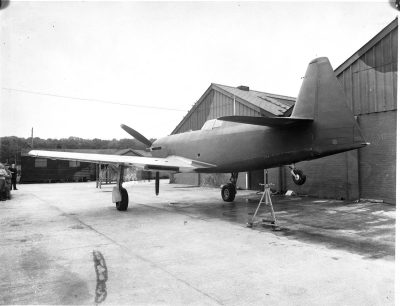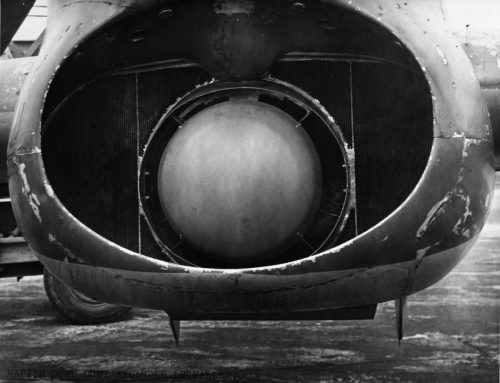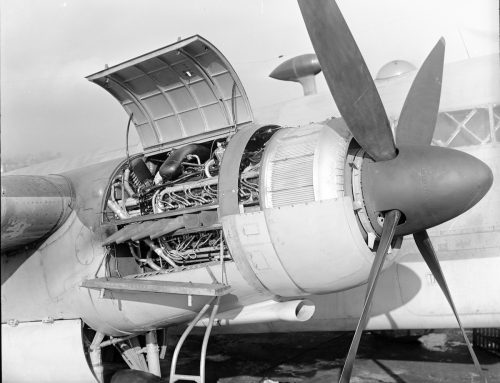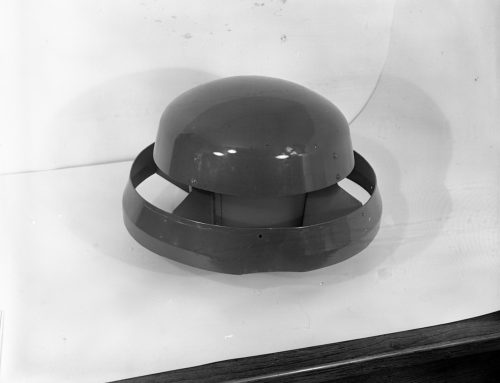In 1934 the Martin-Baker Company designed a small cheap two-seater mono wing aircraft which exploited a simple highly ingenious method of construction. It used round section thin gauge steel tubing throughout the structure and was skinned with aluminium. It became the MB1 and was powered by a neatly cowled Napier E97 Javelin inverted 6-cylinder air-cooled engine of 1933. It had a bore 4.5” x 5.5” stroke, capacity of 501 cu.in (8.21 litres), dry weight of 410lbs (186 kg) and power output of 160bhp at 2,100rpm.
Although the MB1‘s simple design was excellent other features such as its cockpit layout and general facilities are also of note. It was reported that ―The seats are comfortable and the cockpit is totally enclosed with an oval transparent hood. The windscreen is a sharp vee, with a vertical front pane which should not collect fine rain or snow and should obviate any reflection from internal or external lighting.
Aerodynamically it was a straight forward design. When flight tested in April 1935 the MB1 was found to possess sound inherent flying qualities which later became a characteristic of the Martin-Baker breed of aircraft. Its top speed was 125 mph. Although the MB1 did not go beyond the prototype stage, many valuable lessons were learned during its design, construction and testing which were to be used in the production of the company‘s next design.
The period immediately before the Second World War reflected the need for fighters rather than private aircraft so the Company decided to design a military machine utilising the simple basic structure developed for the MB1.
The MB2 was powered by a special Napier E108 Dagger 24 cylinder “H” air-cooled engine with a bore of 3.8125″ x 3.75″ stroke and a capacity of 16.85 litres with a power output of 935bhp at 4,100rpm at an altitude of 9,750ft. It also had hydraulically powered tappets, which drove a fixed-pitch propeller.
The undercarriage of MB2 was fixed for simplicity and cleanly enclosed in two trouser-type fairings, the port one carrying the oil-cooler. Later a scheme was worked out for making the undercarriage retractable to improve performance. The wing carried eight browning .303 machine guns, arranged in two groups outboard of the undercarriage which made it the first British eight gun fighter.
Martin-Baker also considered designs for a twin-engine 12 gun fighter and a multi seat transport. In the fighter design the trailing edge of the of the engine nacelles provided additional vertical control surfaces and also incorporated a patented ducting system evolved by Martin-Baker to reduce drag caused by the exhaust.
The decision of the Authorities not to go ahead with the development of this design was disappoint-ing and a setback for Martin-Baker and as a grave error of judgement to Senior RAF officers when the country needed new fighters. The MB3 was the Company‘s next bid to meet an Air Ministry requirement for a fighter. All the lessons learned from the construction of the previous two marks of low mono wing aircraft were embodied.
The aircraft was powered by the Napier Sabre 24-cylinder 2,000hp engine driving a De Havilland variable-pitch three bladed propeller. It carried six 20 mm cannon each with 200 rounds which made it the most heavily armed fighter of the time. The pneumatically controlled undercarriage was simple, sturdy, effective and reliable. The wing flaps were also pneumatically controlled eliminating hydraulics and all the problems of their maintenance. The radiators were installed underneath the wings with the engine coolant on the starboard and the oil-cooler on the port. The aircraft was highly manoeuvrable and easy to fly. It could have been developed into an excellent fighter however the aircraft was totally destroyed on a test flight when the engine failed and Captain Baker was killed trying to save his aircraft. Time constraints meant that a second aircraft was not built.
So ended the Napier / Martin-Baker alliance.
Article kindly submitted by NPHT Member Roy Gasson

